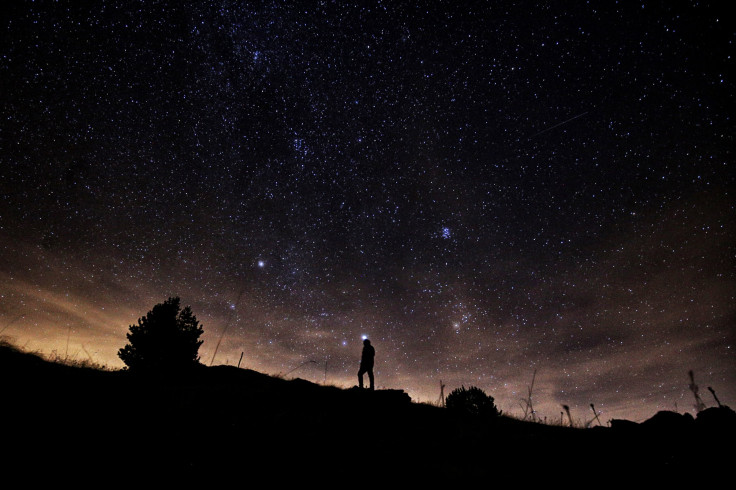Popular Geminid Meteor Shower May Have Had Violent Origins, Researchers Find
KEY POINTS
- Geminid meteor shower originates from an asteroid, not a comet like other showers
- Researchers used data from the Parker Solar Probe to understand its origins better
- A scenario involving a violent event appears to fit best with the Geminids
The origin of the Geminid meteor shower is a rather mysterious one that differentiates it from other meteor showers. Researchers now shed light on its strange origins with the help of an unlikely ally: the Parker Solar Probe.
The Geminid meteor shower, which peaks in mid-December each year, is among the most popular meteor showers for a reason. NASA has described it as one of the "best and most reliable annual meteor showers," emitting an impressive 120 meteors per hour under perfect conditions.
But there is something rather peculiar about the Geminids. Unlike other meteor showers that originate from cometary activity, the Geminids are believed to originate from an asteroid – 3200 Phaeton.
Comets are made of ice and dust, and meteor showers occur when the Earth passes through their debris tail that gets released when they pass close to the Sun. Asteroids are made of rock and metal, NASA explained. So, they don't usually behave the way comets do when they pass close to the Sun.
"What's really weird is that we know that Phaethon is an asteroid, but as it flies by the Sun, it seems to have some kind of temperature-driven activity. Most asteroids don't do that," said Jamey Szalay of Princeton University. Szalay is one of the authors of a new study, which was published Thursday in The Planetary Science Journal.
With the help of the Parker Solar Probe, the researchers are now shedding light on the Geminid meteor shower's strange origins.
The Parker Solar Probe doesn't have an instrument that can count dust, NASA explained. It does, however, have sensors that can pick up the "unique electrical signals" produced by high-speed impacts when dust grains hit it. Its flight path gives it a chance to have the "best direct look" at the dust grains from passing comets and asteroids.
Using data from the Parker Solar Probe, researchers modeled three possible scenarios that may have led to the formation of the Geminids, according to Princeton University. Of them, one in particular seemed fit: the violent creation model.
According to the model, a violent event such as an explosion or a massive collision with another object would have released materials, thus creating the Geminid stream. This model was the one that was consistent with data from the Parker Solar Probe, the university explained.
In other words, this beloved meteor shower may have come about from such a sudden, violent event.
"This is in contrast to a cometary formation mechanism, where even near the Sun the meteoroid stream is interior to the orbit of its parent body," the researchers wrote.
Later this year, when skywatchers see the Geminid meteors streaking across the sky, they may have a better appreciation for the special sight that may have been borne out of a catastrophic event.
"(A)nyone can go outside on December 14 this year at night and look up," said lead author Wolf Cukier of Princeton University. "It's visible from Princeton, and some of the meteors are really bright. I'd highly recommend seeing it."

© Copyright IBTimes 2024. All rights reserved.






















